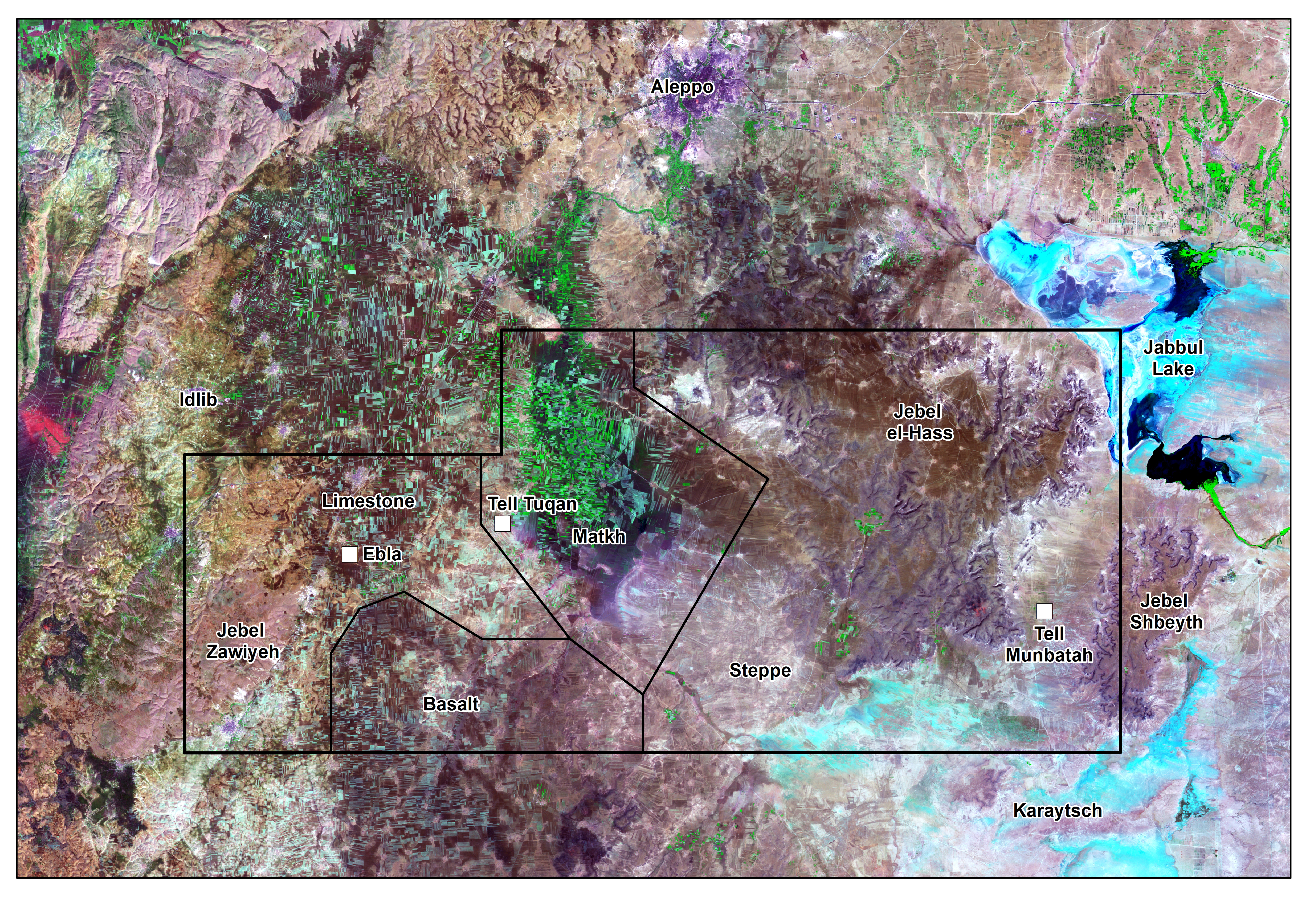Ebla Landscape Studies
The Shelby White and Leon Levy Project for Archaeological Publications, Harvard University, has supported since 2018 the publication programme of the final report on the surveys and territorial studies conducted in the region of Tell Mardikh/Ebla by the Sapienza University of Rome, under the direction of P. Matthiae.
A series of surface surveys carried out since the 1960s has provided the basis for a detailed study of the landscape around Ebla, with the recent addition of sophisticated remote-sensing analyses and geomorphological and vegetation research conducted by the Ebla Chora Project (ECP), funded by an ERC Advanced Grant 2010-2014.
The “Ebla Landscape Studies” Project builds on these results with further landscape research focusing on data collection, together with the analysis and discussion of a substantial unpublished dataset of 3rd-1st millennia BC finds assemblages from surveys carried out in the area investigated by the ECP. The project’s aim is to explain the nature of long-term changes within the chora of Ebla from the Early Bronze Age (3rd millennium BC) to the Iron Age (1st millennium BC), by exploring the chronology and possible functions of settlements, defensive systems, infrastructure, and the scope of economic activities and the regional network in relation to the prevailing social structure and ancient environment.
PROJECT PARTICIPANTS
Agnese Vacca (University of Milan), project coordinator
Luca Peyronel (University of Milan)
Simone Mantellini (University of Bologna)
Marta D’Andrea (Sapienza, University of Rome)
Georges Mouamar (Eastern and Mediterranean Dept., CNRS, Lyon);
Paolo Rosati (Sapienza, University of Rome)



